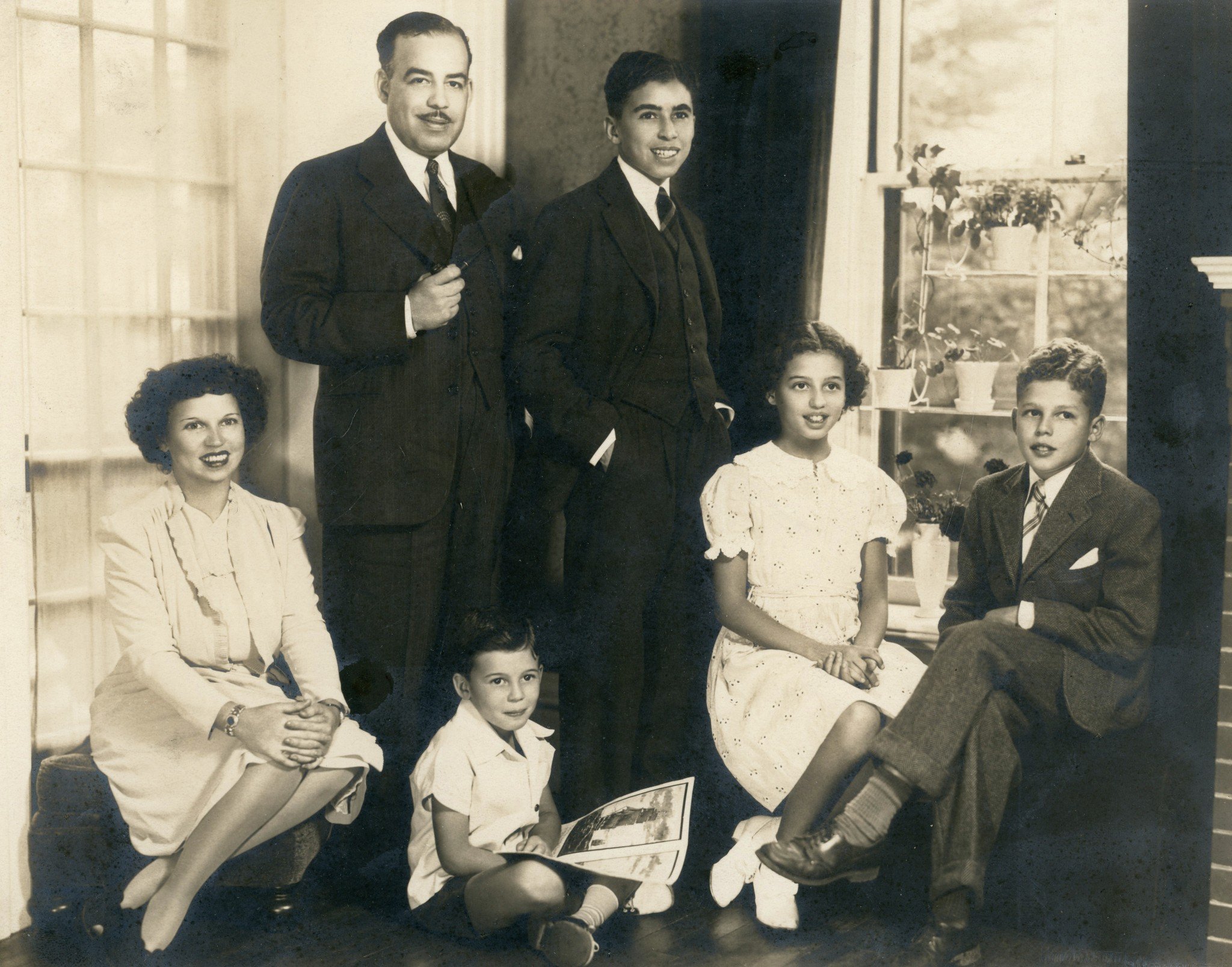Lost Boundaries: How a UNH student inspired one of America’s first “race films” and why we’re still talking about itPosted in Articles, Biography, Communications/Media Studies, History, Media Archive, Passing, United States on 2022-05-09 02:34Z by Steven |
New Hampshire Magazine
2022-04-12
J. Dennis Robinson
Portsmouth, New Hampshire

How a UNH student inspired one of America’s first “race films” and why we’re still talking about it
Albert Johnston Jr. was 16 when he found out he was Black. His fair-skinned African American parents had been “passing” as white, they told him, since moving from Chicago to rural Gorham, New Hampshire, and later to Keene. His father had been the town’s country doctor with 2,500 white patients. He was an active member of the school board, the Masons and the Rotary. His mother Thyra was a two-time president of the Gorham Women’s Club and active in the Congregational Church.
Born in 1925, growing up skiing the White Mountains, Albert had only a single Black acquaintance in high school. In an era of widespread racial segregation and discrimination, he felt a seismic shift as he adapted from a dark-skinned Caucasian to a light-skinned Negro. Formerly gregarious, he drew inward. He attended and then dropped out of Dartmouth College. He enlisted and left the Navy, talked of suicide, battled with his parents, and spent time in a psychiatric ward.
Then Albert took a road trip. Decades before Ken Kesey and “Easy Rider,” with only a few dollars in their pockets, Albert and an old school chum named Walt hitch-hiked and hopped freight trains from New Hampshire to California. For Albert, it was a spiritual journey into the homes of his long-lost African American relatives and into the roots of Black culture. For Walt, who was white, it was a great adventure with a good friend. After odd jobs, a love affair and a stint at the University of California in Los Angeles, Albert found his way home. Renewed and focused, he enrolled in the well-regarded music program at the University of New Hampshire in Durham. And there in a UNH college lounge in front of 20 fellow students, Albert (Class of ’49) finally laid his burden down. During a seminar on the “race problem” in America, the topic turned to “cross-bred” people. He could offer some insight on that topic, Albert told his classmates, because he, himself, was a Negro. The room got very still, he later recalled, like the sudden silence after the climax of a concerto.
“Why not tell everybody?” Albert said. “Why carry a lie around all your life?”…
Read the entire article here.
